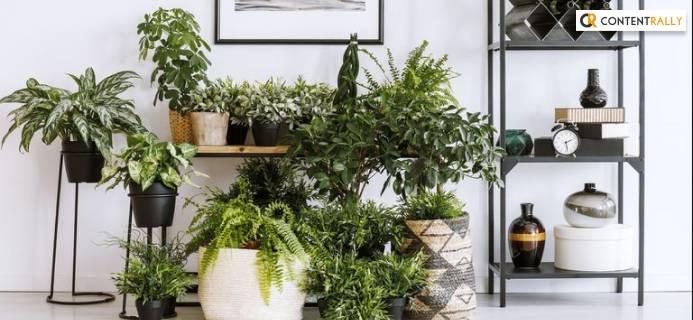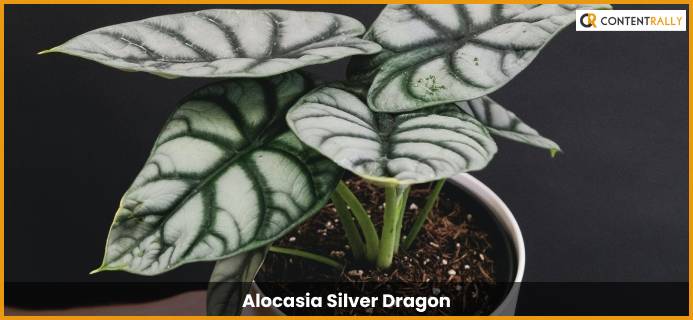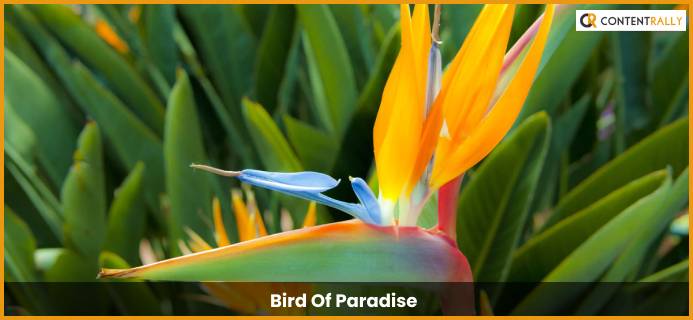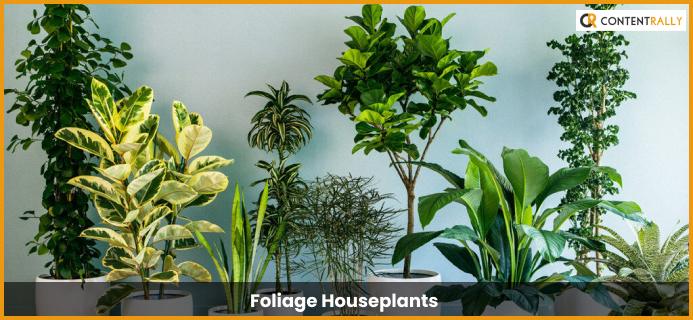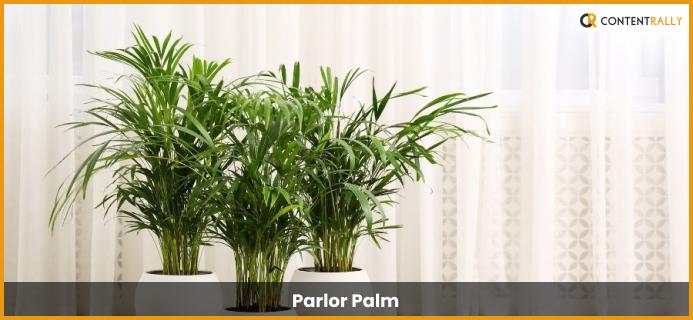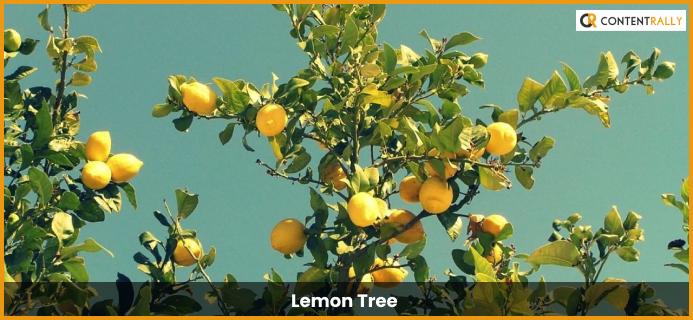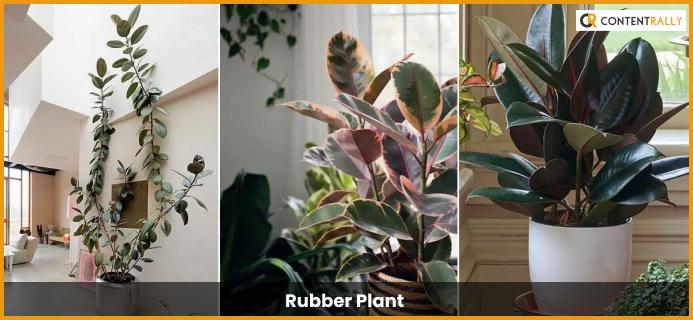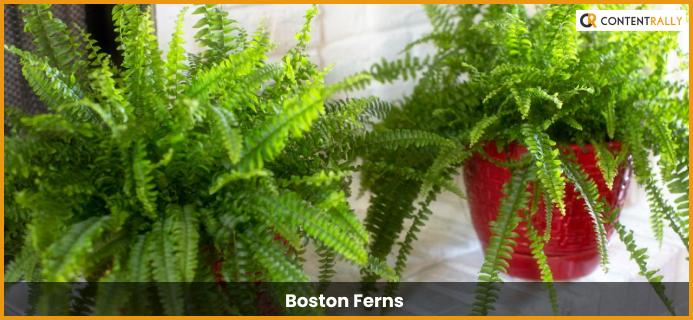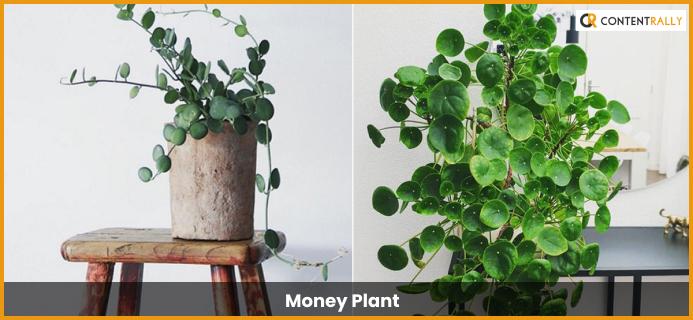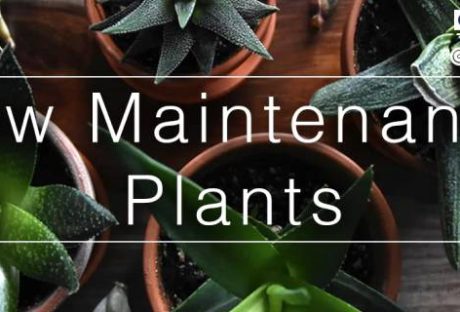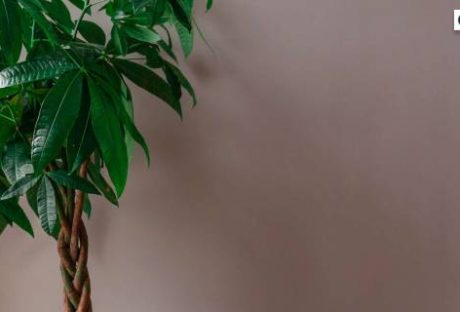Making a home habitable is all about decorating it with the right elements. The decoration needs to please your senses to make you feel comfortable with the proper sense of aesthetic decorum; above all, it needs to make you feel at home.
There is no better way of decorating your home than the touch of green. Many indoor plants help you decorate the house just the way you need.
They restore the life the brick and woods of your house were missing. Aesthetic plants are amazing because of their looks, but they also help you with several health benefits like refreshing the air indoors.
You can decorate your aesthetic bedroom with plants and bring nature home for a healthier, happier, and merrier life indoors.
So, if you are interested in making your indoors look incredible, you need to bring some indoor plants home and decorate the indoors more beautifully. This article has talked about several aesthetic plants that will help you do just that.
10 Best Aesthetic Plants
When I said aesthetic plants, I meant nothing but aesthetic. These plants look elegant in their beauty and versatility, and they are perfect for decorating your home properly. Here are some of the best plants for aesthetic home decoration.
1. Alocasia Silver Dragon
Alocasia silver dragon is a beautiful aesthetic plant that adorns your home with its thick veined leaves. They are a famous variety of the Alocasia Baginda plant. The light to dark green leaves is just as pretty as aesthetic in looks.
If you plan to keep one of them on the table, you are making a good decision. You are going to love how good they look indoors. They require minimum sunlight, so you won’t have much to worry about keeping them indoors.
Read More: Looking for a Gardener: 8 Questions to Ask Before Hiring a Professional
2. Bird Of Paradise
According to many, the Bird of Paradise is the queen of all indoor plants. The large and upright plant adds a glossy and clean feel to your indoors. This aesthetic plant will decorate your drawing room indoors and refresh the air indoors.
You can grow the Bird of Paradise in the low light, but they won’t grow faster that way. So, I recommend keeping it somewhere the plant gets maximum sunlight through the window. You need to water the plant when the soil in the pot gets dry by fifty percent.
3. Foliage Houseplants
The decorative foliage is another aesthetic houseplant you can keep at home. Tropical foliage, calcium, and several other foliage aesthetic plants are incredibly pretty for decorating the indoors of your house. Having one or two of these plants in your drawing room will add more decoration and beauty to your house.
These plants need a medium amount of sunlight. So it would help if you kept in mind to put them somewhere the sunlight reaches them. Also, since the foliage plants are tropical, it would be better to keep the potting soil wet most of the time.
You May Like To Read This: Garden Edging for Beginners
4. Parlor Palm
NASA uses the Parlor palm plant as one of the most effective air cleansing plants. They are the ideal aesthetic plants for decorating the indoors of your house. Their size remains perfect even when you are growing them indoors. They grow around 2.5 ft in height.
The way the leaves of the parlor palm trees grow is a sight to look at. They are decorative and keep the indoor environment healthy at all times. When keeping one of these plants indoors, you need to keep in mind to make a good drainage system and keep the potting soil mildly wet.
5. Lemon Tree
This might sound like the craziest idea ever, but a lemon tree can also take the indoors and make it look more appealing to the spectators’ eyes. Of course, many aesthetic plants may appeal more to you than a lemon tree, but a lemon tree will surely have the upper hand in giving the house the refreshment it deserves.
Your lemon tree needs an ample amount of sunlight and regular watering. Also, it would help if you remembered to let the soil dry out before you water it.
6. Rubber Plant
Rubber plants or Ficus Elastica are incredible for derating your indoors. Once you get one of these aesthetic plants for your indoors, you will understand how amazing they are in refreshing the indoors while also decorating the indoors properly.
When growing a rubber plant, you will need a minimum amount of sunlight (even indirect sunlight will do). There is no specific humidity level required. It would help if you watered them once or twice every week; also, let the soil dry before watering.
The rubber plant is a low-maintenance aesthetic house plant, so if you were looking for one such plant, we recommend buying them.
7. Calathea Aesthetic Plant
For a tabletop decoration, you can indeed choose the Calathea plant. The dual tones of the plant make your indoors look gorgeous with a dignified look.
It is a low-light plant so you can keep it inside without any problem. They also don’t require lots of watering, and they are pet-friendly.
8. Boston Ferns
Ferns can be the pretty, perky, and adorable green aesthetic indoor plant you have been looking for. There is no match for a pot of fern on your table for indoor decoration. The green color of the ferns will look incredible in your house if you keep them for decoration.
If you want to use ferns indoors, you can opt for Boston Ferns. They need very little light so that they will be just fine indoors. But you need to regularly water the pot so that the soil remains moist.
9. Money Plant
A small aesthetic plant indoors that brings luck, fortune, money, and wealth in your life is the money plant. According to popular opinion, the money plant is an aesthetic plant that helps restore wealth, luck, and fortune if you keep them indoors.
As an indoor plant, the money plant requires lots of sunlight and regular water, so you need to be careful about them if you are growing any at home.
10. Heart Leaf Philodendron
Heartleaf Philodendron requires bright and healthy light and needs regular care if you want to grow them. However, these are excellent choices for decorating your indoors because of their beautiful-looking leaves and flowers.
It is important to provide them with the proper amount of moisture in the soil, regular pruning, and the required amount of fertilizers. There is plenty of caregiving that your heart leaf philodendron needs.
Conclusion
Aesthetic plants are an excellent addition to your home decor, and they add incredible value, beauty, and health benefits to your home. However, if you want to decorate your indoors with full potential, you need to consider keeping them in your home. Here, in this article, We have provided the names of a few of them to help you buy the right one.
Read Also:
- DIY Ways to Control Pests in Your Garden
- What Is the Fastest Growing Plant On Earth?
- 5 Tips to Keeping Animals Away From Your Garden













